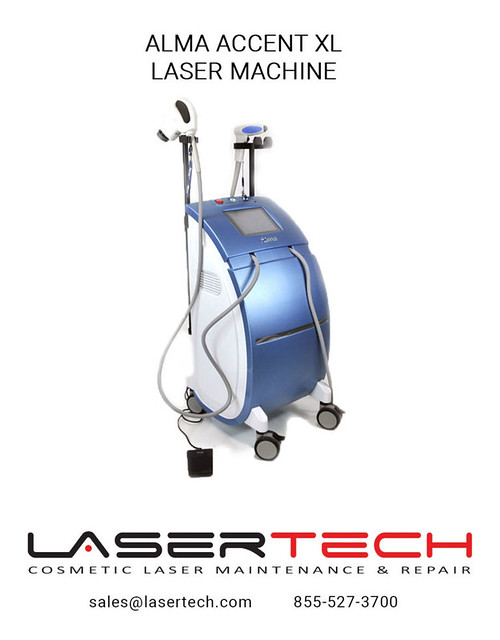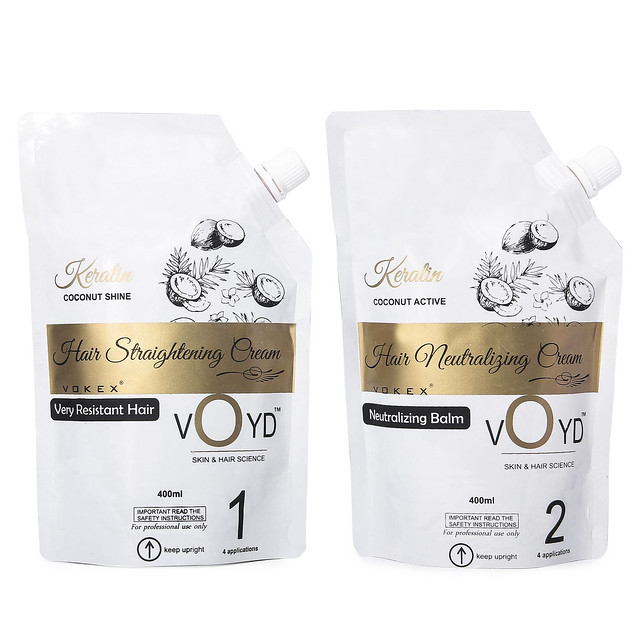Printed circuit boards are a crucial component of electronic devices. There are many different types of PCBs, but flex pcbs are becoming increasingly popular.
These circuit boards replace wire harnesses and ribbon connectors. They also save space, improve reliability, and reduce assembly time. But designing a flex PCB requires special considerations.
Copper Plating
Copper plating is an important factor when designing a flex circuit because it determines the current carrying capacity and impacts properties like impedance. It is also critical to know how much copper to use because a high amount can reduce the lifespan of the flexible circuit. Fortunately, there are tools to help designers and fabricators choose the right amount of copper for their needs.
There are two main copper plating methods for flex PCBs: pad plating and pattern plating. Pattern plating deposits copper both within the barrels of the vias and plated through holes (PTH) and on the surface of the solid external layer. This method flex pcbs is used for most rigid PCBs and some unique flex designs. Pad plating, however, is the preferred plating method for flex circuits. It requires an initial image masking process that exposes only a small ring around each hole location and restricts the copper plating to the barrel area of the via and pads. After the copper is deposited a second photo imaged mask is applied that defines and protects the circuit pattern and allows the excess copper to be etched away.
A key aspect of pad plating is that it must be performed with RA copper. This copper has a specific grain direction that needs to be defined in the design and documented in the documentation (either in the drawing notes or in the material stack up). Failure to specify the correct copper type can result in premature failure of the flex circuit during mechanical bending.
Coverlay
Coverlay is a crucial component for flex PCBs, safeguarding the copper traces and components from damage. It also offers protection against harsh environmental conditions, including high temperatures and chemicals. Unlike rigid PCBs, which use solder mask to protect their circuitry, flex PCBs require a more robust, flexible solution. Coverlays offer the perfect balance of flexibility and durability to meet the needs of a wide range of applications.
During the manufacturing process, coverlay is applied as a thin layer over the copper-plated circuit board. It is then cured to form a protective coating. Coverlay is available in various colors and thicknesses, providing a variety of functional benefits for the finished product. For example, the thickness of the coverlay can impact the resistance to heat and chemicals. It can also affect the durability and performance of a flex PCB, particularly when it is subject to repeated bending.
When selecting a coverlay for your project, be sure to consider the minimum bend radius requirements of your flex PCB. Thicker coverlay materials may be needed to ensure that your flex PCB will operate properly under these conditions. For this reason, it is important to work closely with a manufacturer that can provide you with a wide range of coverlay options and adhesives. MorePCB is committed to providing expert guidance and support throughout the entire PCB design and manufacturing process, ensuring that your final product will be a high-quality, reliable, and durable product.
Stiffeners
Stiffeners are used to reinforce flex PCBs, and they can improve the performance of your circuits. They can also protect sensitive components and ICs, and provide additional support to areas that require extra rigidity. Stiffeners can be made of a variety of materials, including polyimide (PI), FR4, and aluminum. Each type has different properties and benefits, but they all offer high-level performance.
FR4 stiffeners are the most common and budget-friendly choice for flex PCBs. They’re made of the same laminate material as FPC substrates, so they can be bonded to them easily and quickly. They also provide a level of rigidity that’s sufficient for most applications. However, they can be susceptible to corrosion, which can flex pcbs factory affect copper integrity and solderability. In addition, they can absorb and retain moisture, which may damage the circuit board and impede reflow.
Another option for PCB stiffeners is Kapton. It is an excellent alternative to FR4 due to its improved performance. Its remarkably high strength enables it to endure repeated stress and bending. It has minimal moisture absorption and is humidity- and liquid-resistant. Additionally, it has a wide range of thin core choices and can tolerate temperatures up to 260 degrees Celsius.
When designing a flexible or rigid-flex PCB, make sure that the stiffener and coverlay end points overlap by at least 0.030” to avoid stress points. This will reduce processing time during fabrication.
Manufacturing
Using flexible printed circuit boards reduces the complexity of wiring systems, improving reliability and efficiency. For example, a single flex PCB can replace several wire harnesses or ribbon connectors in an automotive engine. It also allows for more flexible and accurate connections and is easier to install than hand-built harnesses. In addition, it is easier to maintain because the flex layers are shielded from the outer-layer plating.
The first step in flex pcb manufacturing involves printing the copper layers onto the substrate. Then, small holes are drilled and plated with copper to connect the layers of the PCB. Once the copper is plated, a solder mask is applied to protect the copper traces from corrosion or oxidation.
This layer is typically made of an insulating material, such as polyimide or FR4, and it can be printed with the desired patterns. The patterned copper is then used to create the necessary conductive paths or traces, which are etched through lithographic processes. A thin dielectric coverlay is then laminated over the conductor layer to provide insulation and protection.
During the manufacturing process, a PCBWay flex PCB undergoes various tests to ensure that it functions properly. These include electrical, dimensional and structural testing. These tests help detect any issues that may arise during the manufacturing process. Moreover, these tests help identify potential issues that can be resolved during the final assembly phase of the product.


